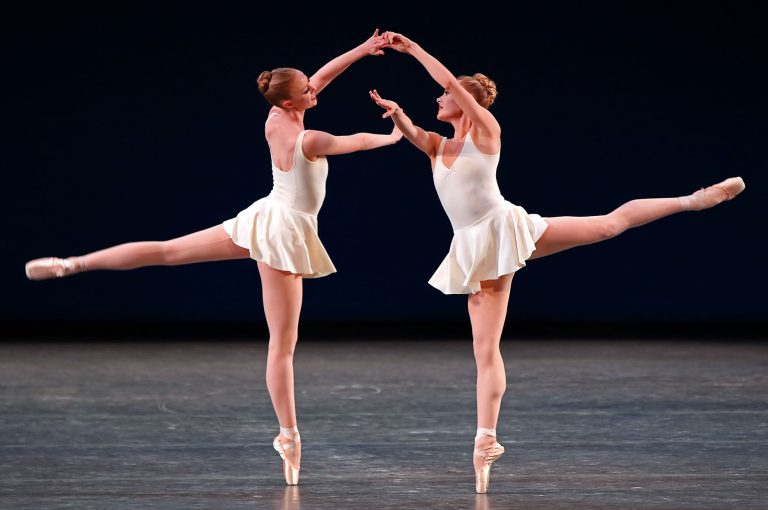Rajasthan is known for its excellent textile traditions and is a place of vivid colours and a rich cultural past. From the traditional Phad and Pichwais paintings to the popular resist-dyed (Bandhani and Leheriya) textiles, Rajasthan is a treasure trove of stunning textiles. One such fabric tradition that stands out for its unique handwoven pattern is the Kota Doria, also known as Masuria. Let’s take a closer look at the origin, motifs, colors, and weaving process of this exquisite fabric.
Origin of Kota Doria
According to a story, the Doria sarees were first woven in Mysore before being relocated to Kota by the then-Kota Prince, Rao Kishore Singh. According to another story, a Khatiya weaver from Kota journeyed to Chandeshwari to learn the craft of exquisite weaving. When he returned, the Kota durbar praised him for his outstanding handiwork by weaving a check pattern from alternate weaves of cotton and silk yarns.
The Story Behind Masuria
Masuria, which is the Sanskrit word for mesh, got its name from the fabric’s pattern, which has a mesh-like appearance. Since silk was purchased from Mysore, the fabric that was created is Masurian. There are many intriguing theories and anecdotes about how Kota Doria came to be known as Masuria.
The Ultimate Grace of Kota Doria
Unique handwoven Kota Doria has a distinctive square-checkered design. The distinctive qualities of Kota Doria include the excellent quality of the yarn, its softness, and its agility, which are weaved by polishing the warp thread with a particular starch. The checkerboard pattern is created by differentially weaving cotton yarns of various counts or a successful combination of cotton and silk yarns.
Silk weaving is distinctive because cotton and silk threads are woven together in both the warp and weft directions, resulting in squares known as khat. Indian textile and handloom craftsmen do not perform this weaving process. As a result, the khats are known by a variety of names throughout the nation, including chokhdi, khan, checks, and charkhana.
Motifs of Kota Doria
The popular motifs used in Kota Doria are chokdi (checks), keri (mango), ginni (coin), phool patti (flowers with petals and leaves), shakarpara (sweet), paan (leaf), and geometrical motifs. The fabric has these motifs intricately woven into it, which enhances its allure and beauty.
Colors of Kota Doria
Weavers frequently employ pale pastel colours like lemon yellow, mint green, light pink, powder blue, red, and orange because Kota Doria is a transparent, airy fabric that is ideal for summer. However, the motifs are famously found in deeper hues like navy blue, dark green, fuchsia pink, and mustard yellow, which give the cloth contrast and depth.
Weaving Process of Kota Doria
Kota Doria was previously woven on throw-shuttle pit looms. However, in recent years, sarees with woven borders and motifs have been produced more frequently on frame looms and jacquard looms. The yarns are transported to warp and wound entirely around the warp beam after the weavers have finished sizing them. Unbleached yarn is used by the weavers to make the fabric. With the help of their families and neighbours, weavers complete the wrapping, dyeing, sizing, winding, and weaving processes.
Conclusion
In conclusion, Kota Doria is a treasured textile tradition of Rajasthan that has gained popularity across the country and beyond for its unique checkered pattern and delicate hand woven texture. The weavers have carried forward the legacy of this textile art for generations and continue to do so with great dedication. A versatile addition to any wardrobe, Kota Doria materials are ideal for both everyday wear and special events.
If you are interested in exploring the finest quality Kota Doria fabrics, you can check out Fabcouture, an online fabric store that offers a wide range of fabrics including Kota Doria in various colors and motifs. Shop from the comfort of your own home and add some timeless elegance to your wardrobe with Kota Doria fabrics.






















+ There are no comments
Add yours